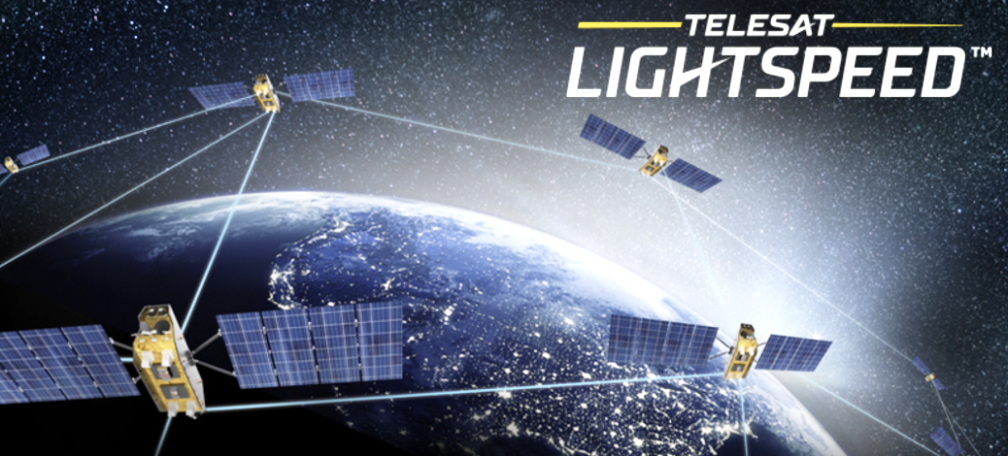
Viasat Inc. (NASDAQ: VSAT) has signed an agreement with Telesat (Nasdaq and TSX: TSAT) to integrate Telesat Lightspeed LEO Ka-band capacity into the company’s multi-orbit network to deliver a new standard of connectivity across its mobility and defense business portfolio.

The LEO capacity from Telesat Lightspeed will be seamlessly integrated with Viasat’s ultra-high throughput satellites to offer customers fast, highly reliable, robust and cost-effective connectivity services. Those services will be backed by the industry’s most comprehensive Service Level Agreements (SLAs), promoting reliable broadband connections even in the highest demand geographic locations including hub airports, seaports, and other high traffic routes and locations.
The agreement is another step forward for Viasat’s multi-orbit network roadmap, which already serves government, maritime and energy services businesses, and is being expanded to incorporate all the company’s growth markets, including commercial aviation’s leading in-flight integrated connectivity and entertainment solutions. Telesat Lightspeed is designed to be a highly advanced, flexible and resilient LEO constellation that is expected to enhance Viasat’s ability to deliver its customers a superior, multi-orbit, differentiated broadband connectivity solution.
A very broad range of mobility customers in every vertical market, whether global or regional, are interested in multi-orbit solutions that are cost effective, offer assurances of high performance, and are resilient to intentional or unintentional service disruptions. By leveraging our own satellite fleet and its unique advantages, existing national operator partnerships, plus coverage and capacity from leading third-party satellites and constellations, our services are designed to provide customers with the essential capacity density, market access, speed, bandwidth and responsiveness they need. Importantly, we have continued to innovate advanced multi-orbit resource management techniques to reduce costs and expand geographic coverage to better serve the unique needs of each mobility and defense customer,” said Mark Dankberg, Chairman and CEO, Viasat. “In forming key partnerships with multiple GSO and NGSO operators, we are well-positioned to support delivery of Viasat’s next-generation services, achieve industry-leading resource utilization, and drive capital efficiency. In parallel, we are working to ensure equitable access to finite space resources and support regulatory certainty enabling multi-orbit solutions and related infrastructure to thrive in a shared and sustainable way.”
